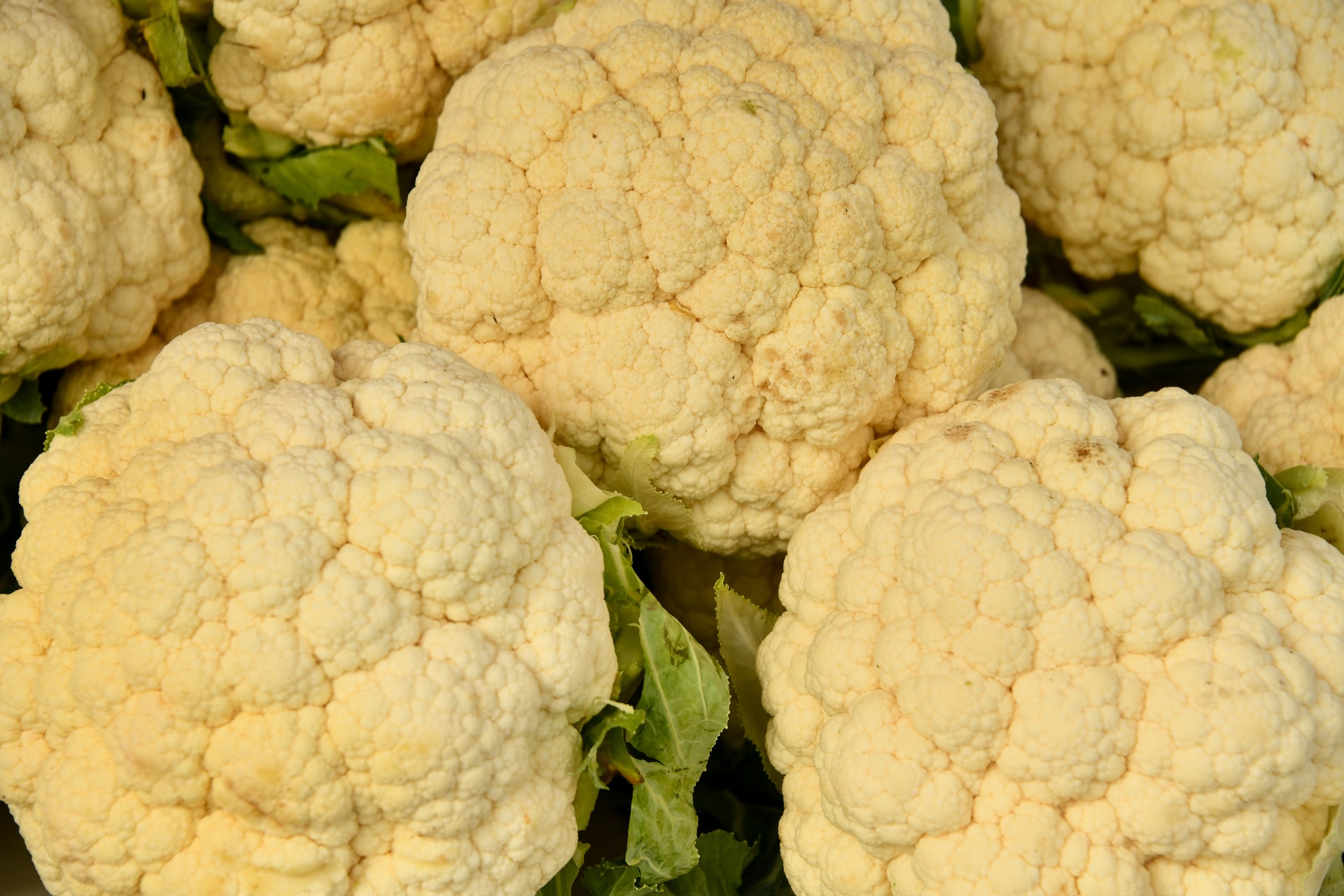Economically Significant Pests of Cauliflower
The main pests affecting cauliflower include:
- Flea Beetles (Phyllotreta sp.)
- Cabbage Fly (Delia radicum)
- Cabbage Aphid (Brevicoryne brassicae)
- Diamondback Moth (Plutella xylostella)
- Leaf Miners
- Large Cabbage White Butterfly (Pieris brassicae)
- Small Cabbage White Butterfly (Pieris rapae)
- Cabbage Root Fly
- Tobacco Thrips
Flea Beetles cause the most damage as adults (imago), feeding on the leaves of young plants.
Cabbage Fly overwinters as a pupa in the soil. When temperatures exceed 12°C, the flies emerge and lay eggs at the base of the plant stem. After 3-8 days, larvae hatch from the eggs, burrow into the roots, and remain there throughout their development, causing damage by feeding on the plant.
Cabbage Aphid
Diamondback Moth overwinters as a pupa or sometimes as a moth. In April, moths emerge (they fly at dusk) and lay eggs, from which larvae develop in 3-7 days. These larvae cause damage by feeding on leaves for 9-14 days before pupating. The pupal stage lasts 7-14 days, completing one generation. There are typically 3-4 generations per year in continental areas and 4-6 in Mediterranean regions. Generations often overlap, causing damage throughout the growing season.
Large and Small Cabbage White Butterflies have 2-3 generations per year, overwintering in the pupal stage. The butterflies fly from late April to early May, laying eggs from which larvae hatch in about 10 days. These larvae feed on the leaves, causing damage. The larval stage lasts 3-4 weeks.
Identifying Insect Damage on Cauliflower Heads and Leaves
(From the book “Vegetable Pests” by M. Maceljski and collaborators)
| Symptom | Possible Pest |
|---|---|
| Leaves chewed with slimy trails | Snails |
| Above-ground parts yellowing, outer leaves decaying | Nematodes causing root browning |
| Heart leaves curled downward, no head formation | Cabbage root fly |
| Leaf edges curling, leaves drying, tiny sticky-coated insects on undersides | Cabbage aphid |
| Leaves full of light spots, drying, multicolored red or green flat insects on leaves | Cabbage bugs |
| Leaves full of round holes with tiny hopping insects | Flea beetles |
| Leaves chewed into windows or lace patterns, later more extensively chewed, heads with holes; greenish caterpillars narrowing towards both ends, up to 12 mm long | Diamondback moth |
| Leaves chewed, large holes, sometimes only veins left; multicolored caterpillars (black-yellow-green), living in groups, up to 5 cm long | Cabbage white butterflies |
| Green or green-brown, solitary, up to 4 cm long | Leaf miners |
| With dark stripes, periodically in masses, up to 4 cm long | Yellow corn borer |
| Greenish-gray, periodically in masses, up to 25 mm long | Webworm |
| Yellow, later black nodules on leaf stalks and heads | Tobacco thrips |
| Heads pitted by legless larvae, pitted areas turning black | Turnip gall weevil |
Insecticides Approved for Use on Cruciferous Vegetables in Croatia
(From the book “Vegetable Pests” by M. Maceljski and collaborators)
| Active Ingredient | Approved Use | Dose or Concentration | Waiting Period (days) |
|---|---|---|---|
| Dazomet | Cabbage nematode | 4 – 6 kg/are | 42 |
| Bacillus thuringiensis | Cabbage worms | 0.4 – 0.6 kg/ha | 7, 21 for pickling |
| Bacillus thuringiensis | Cabbage worm | 1 – 1.5 kg/ha | 7, 21 for pickling |
| Imidacloprid | Cabbage aphid, leaf miners | Seedling dip 0.1%; 1 L/ha | As per application timing |
| Pirimicarb | Aphids | 0.08 – 0.12%; 0.8 – 1.2 kg/ha | 14 |
| Pirimicarb | Aphids | 0.04 – 0.06%; 0.4 – 0.6 kg/ha | 14 |
| Bacillus thuringiensis | Cabbage worms, webworm | 0.3 – 1 kg/ha | 7, 21 for pickling |
These pests and control measures are critical for maintaining healthy cauliflower crops and ensuring high yields.













































